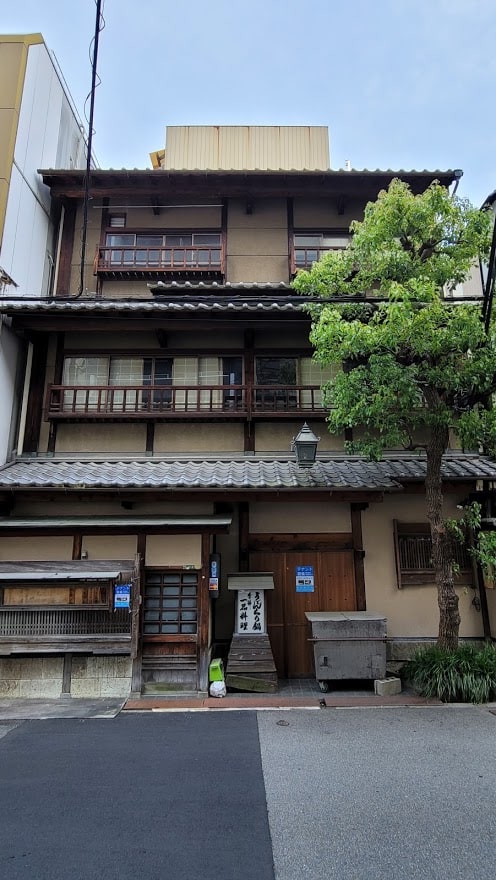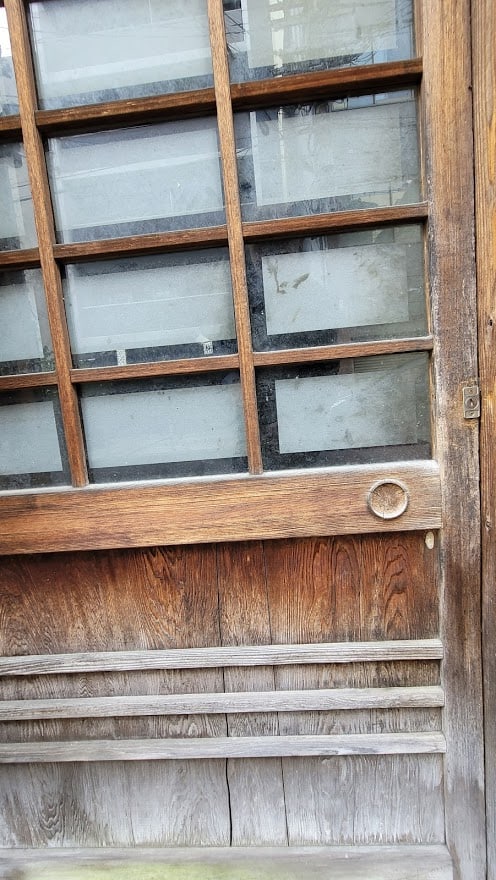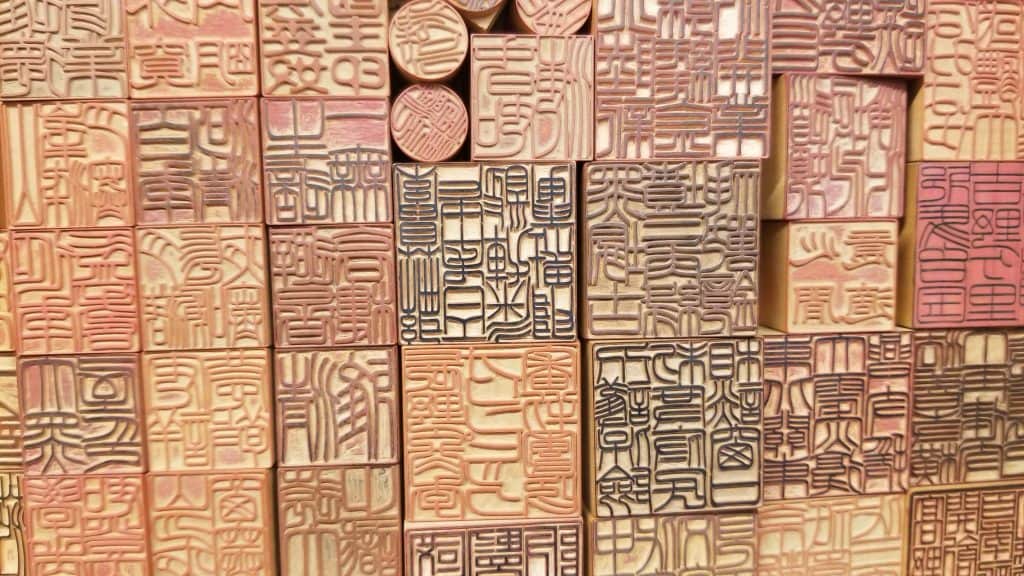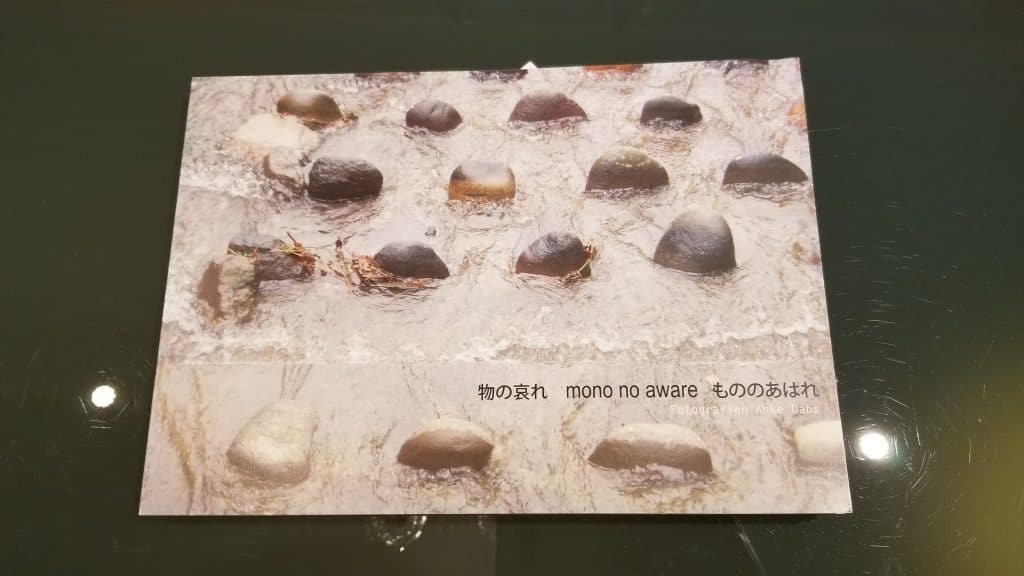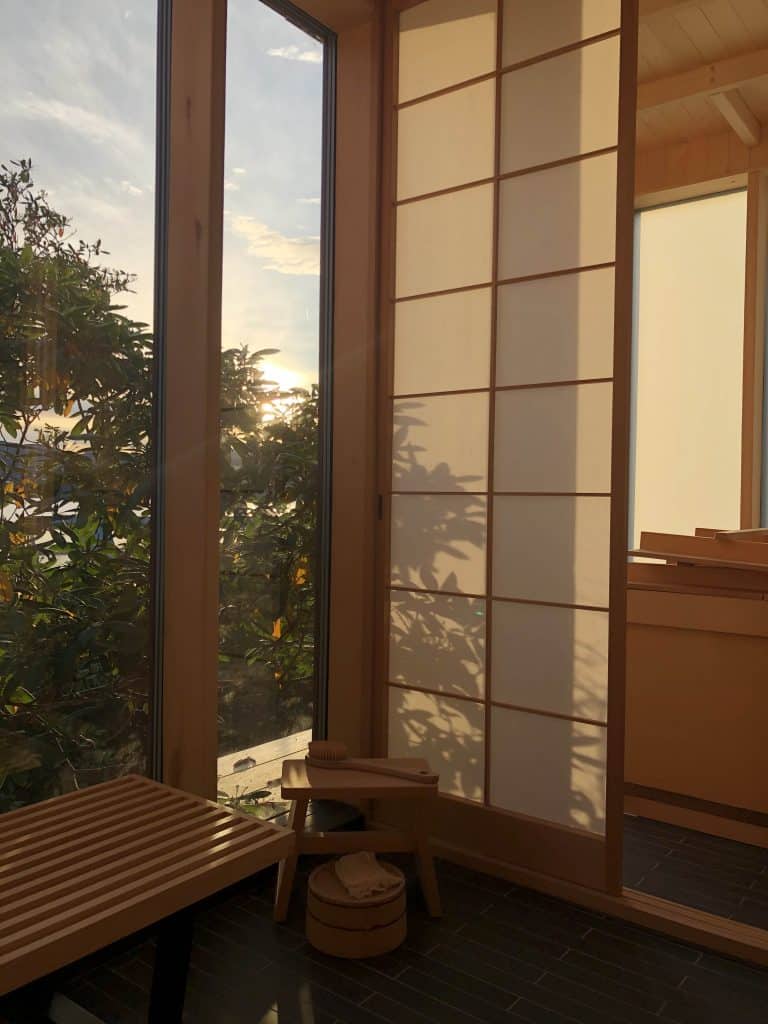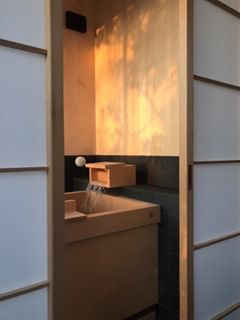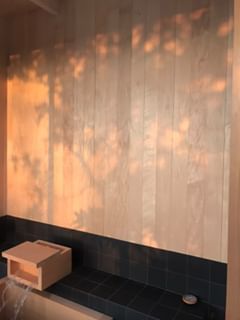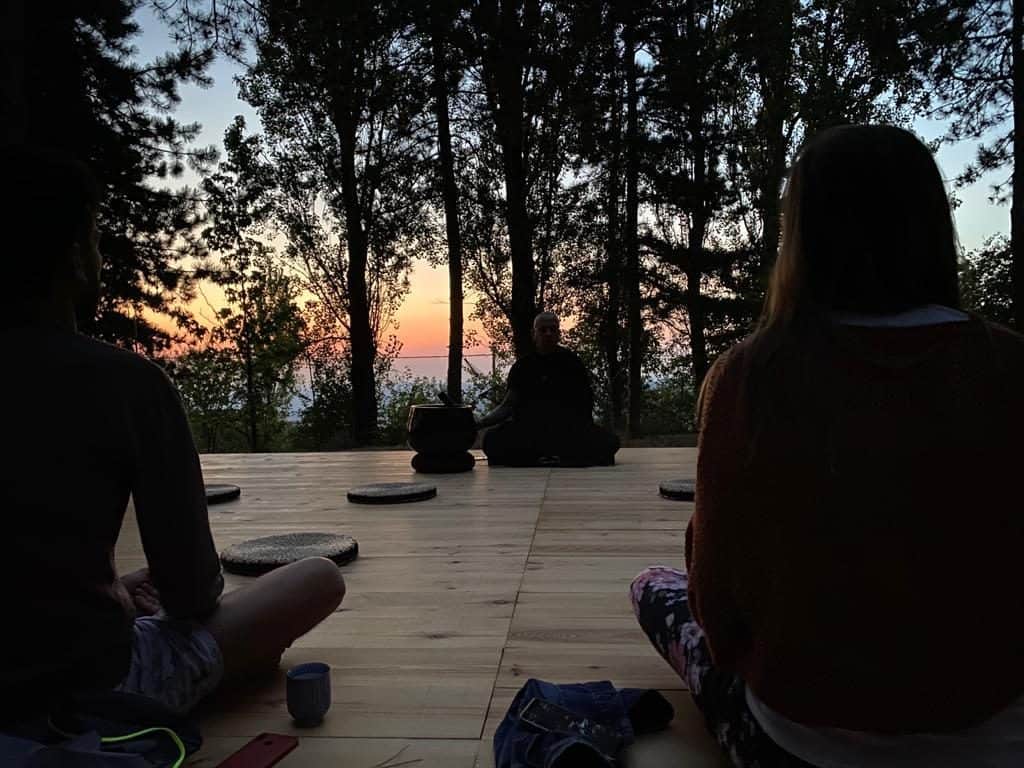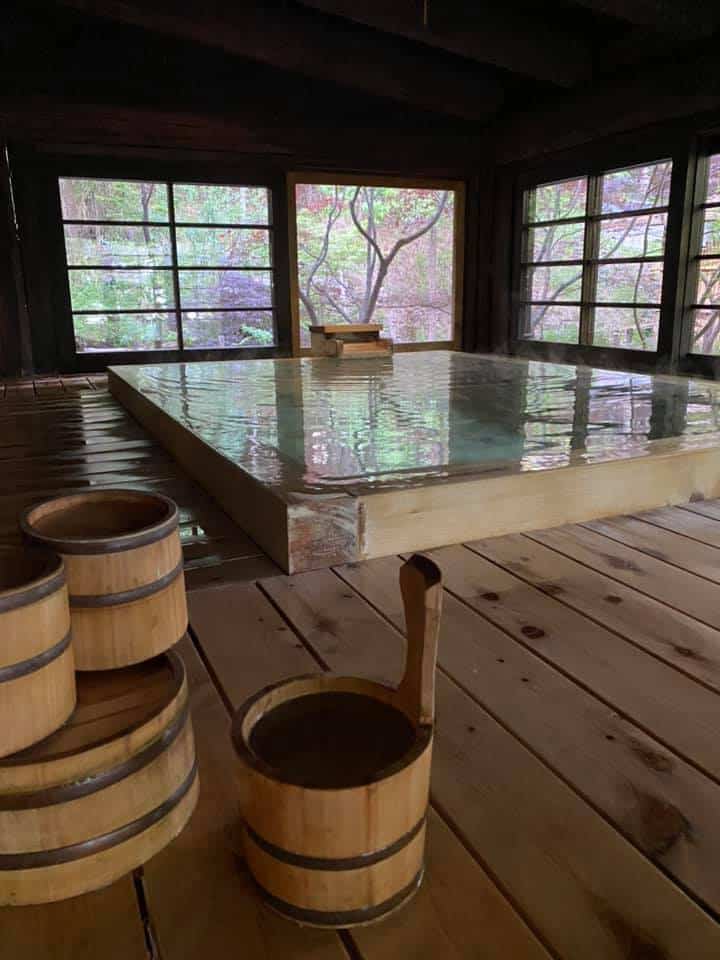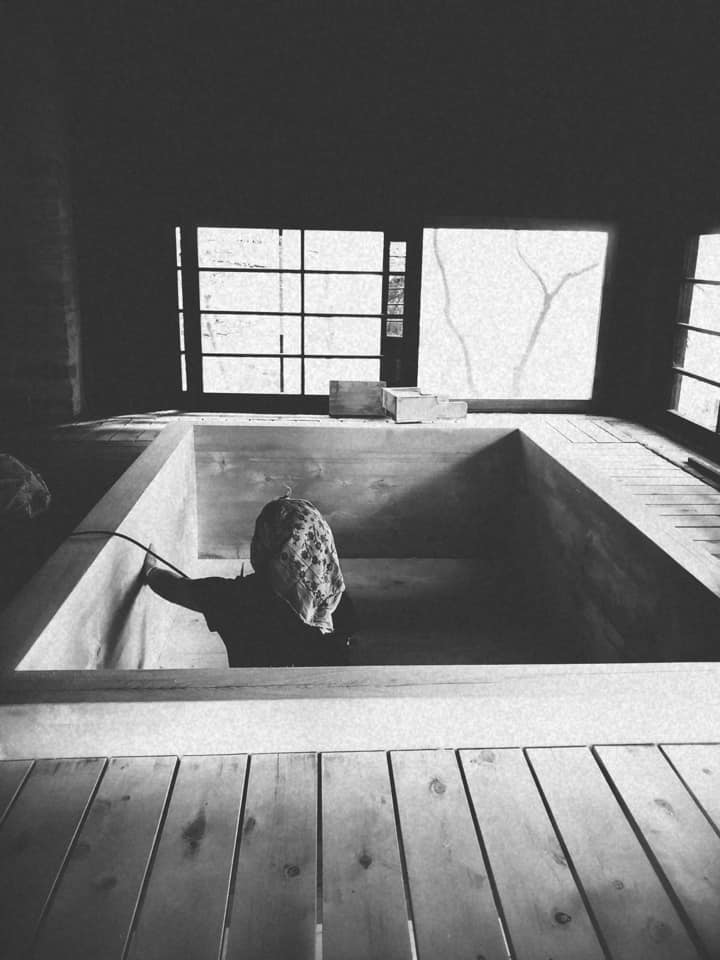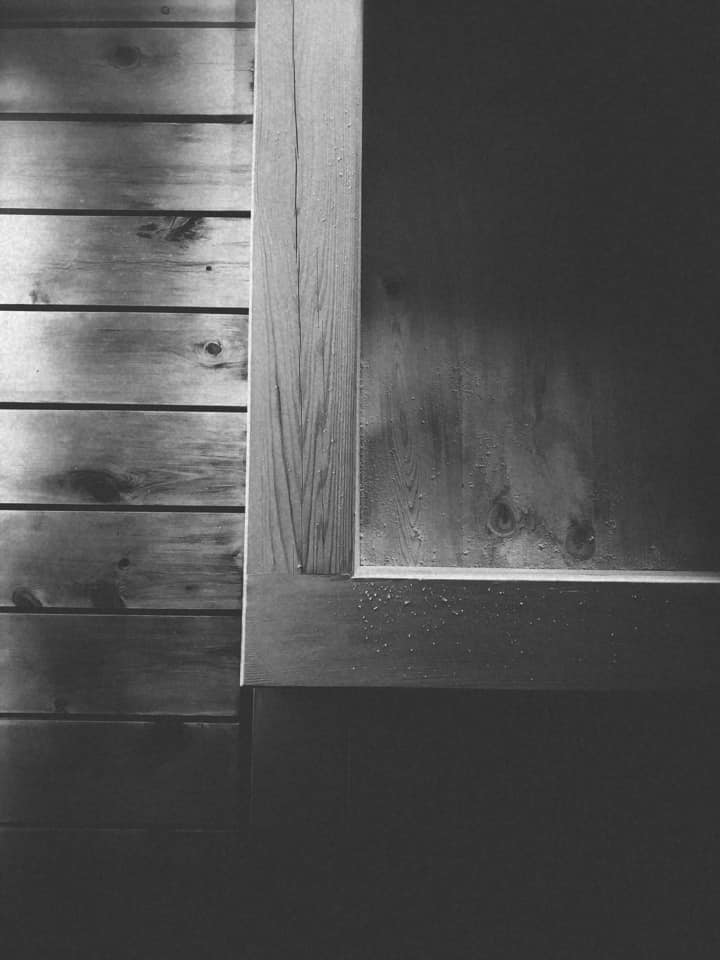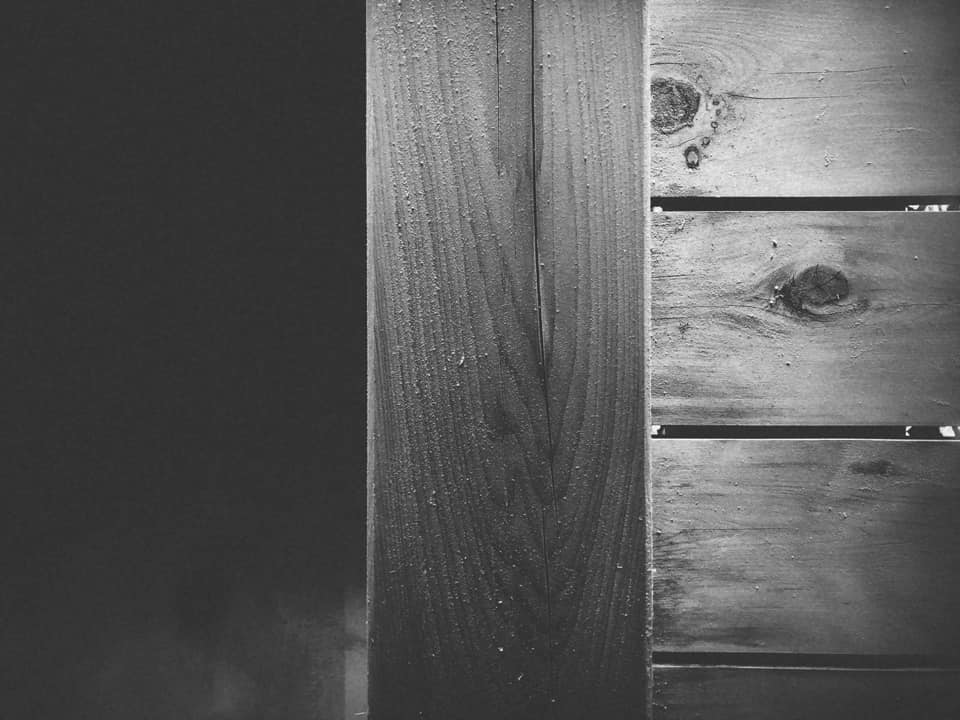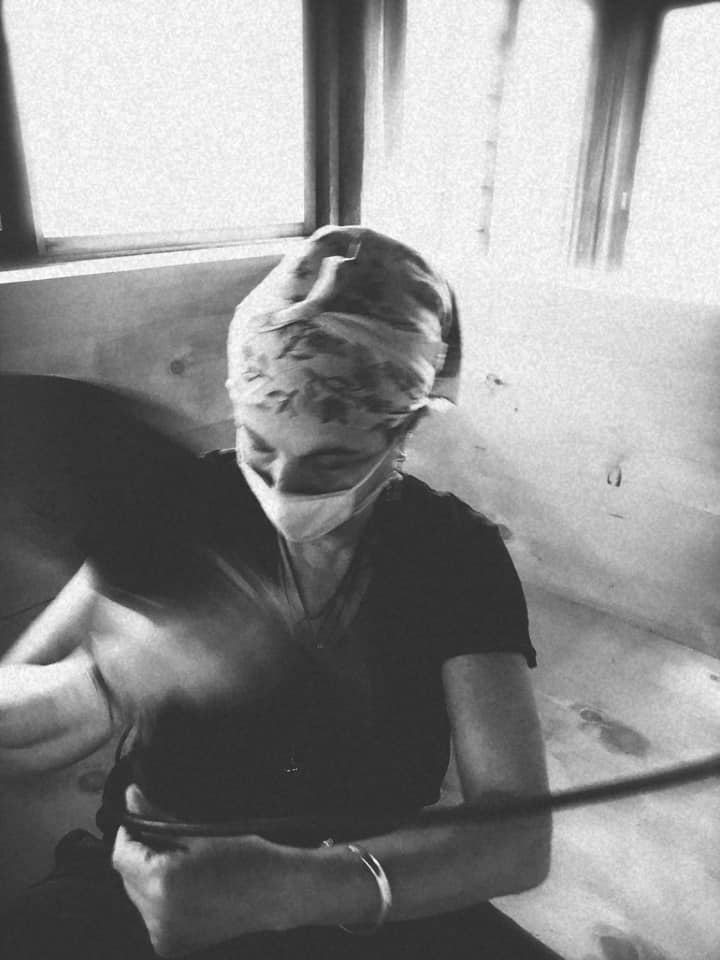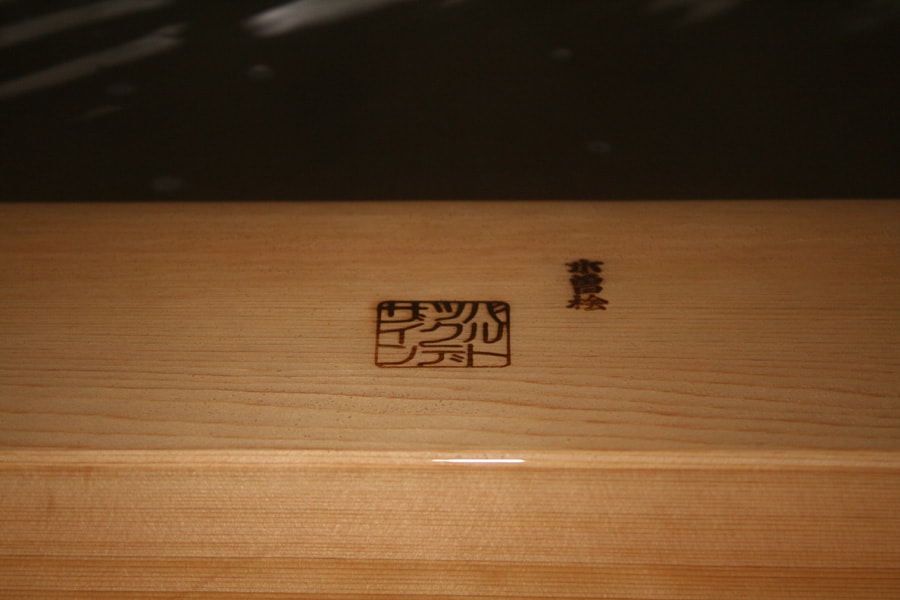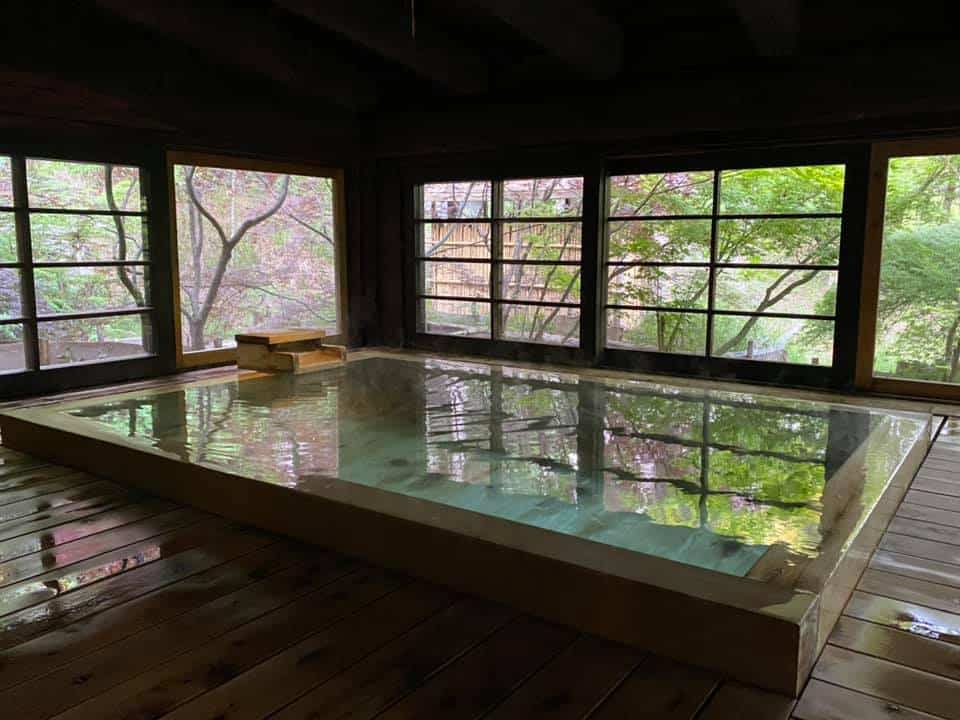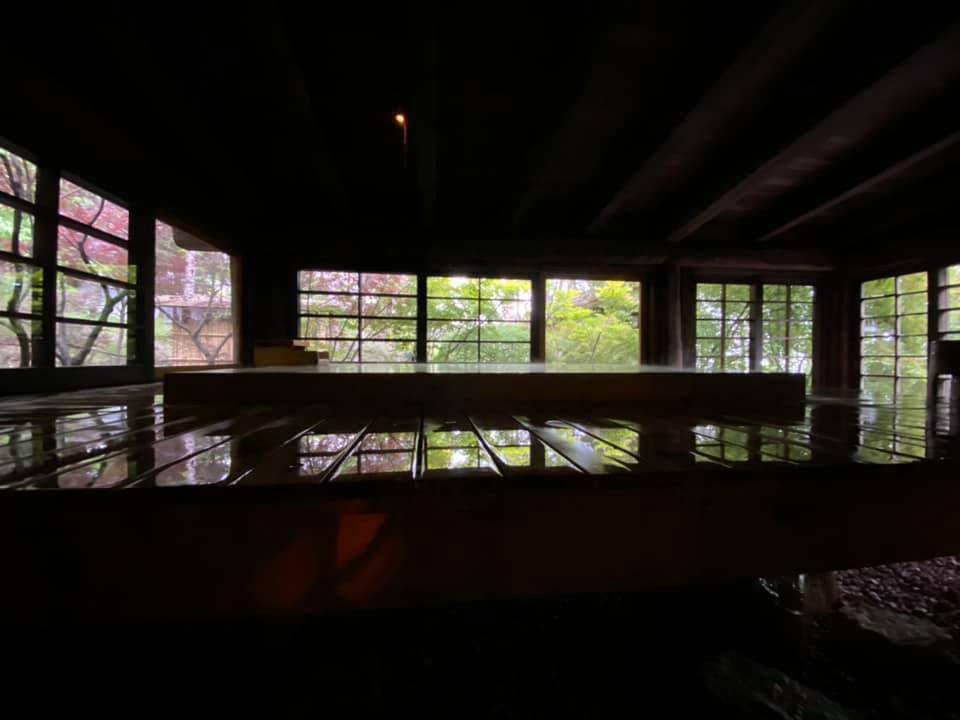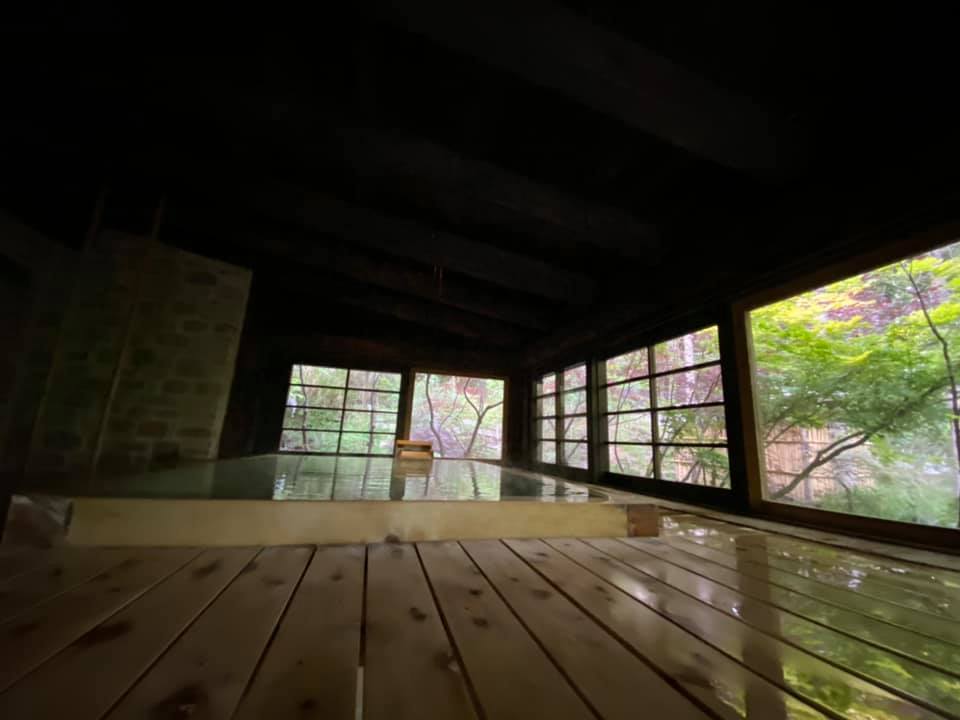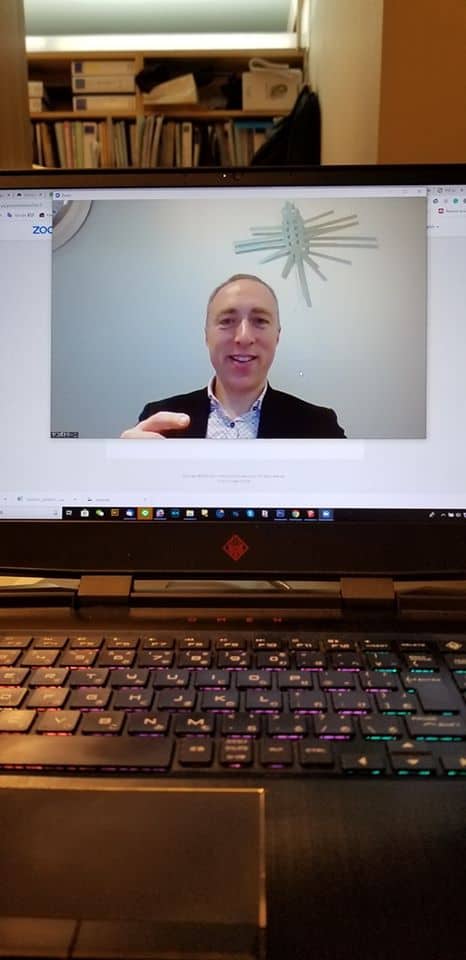ofuro-jiman contest!
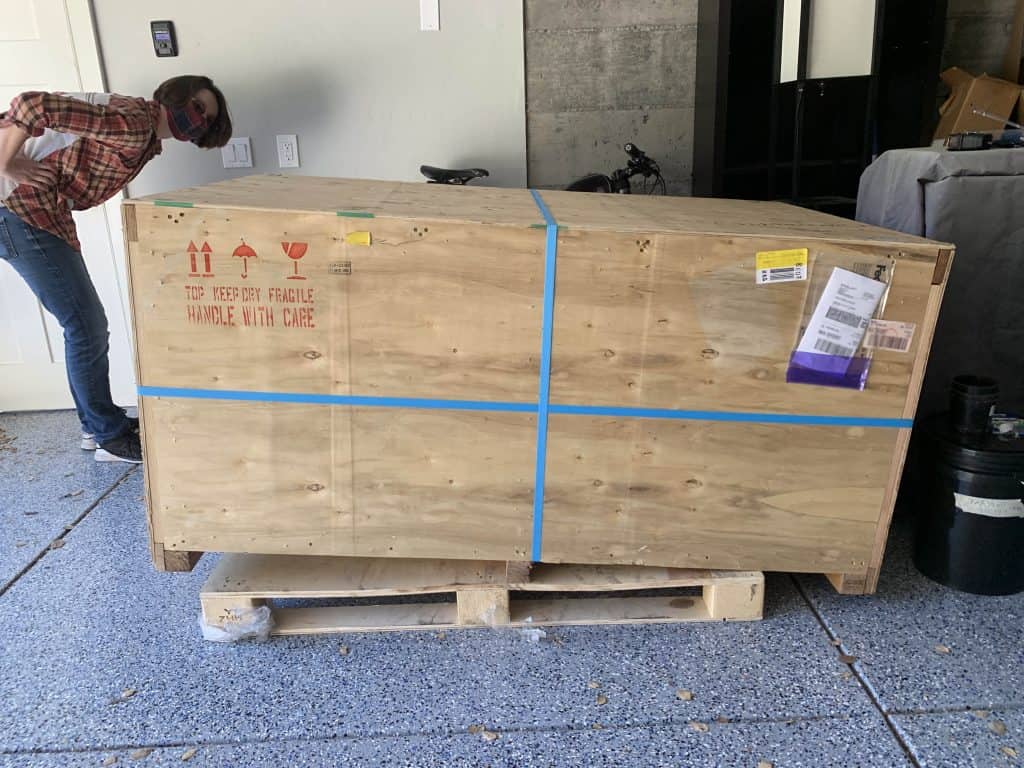
“Jiman” means “pride”. So the title translate in “bathroom-pride”…
Well, after a long period of hibernation, I decided to restart actively posting to the bartok design Instagram account.
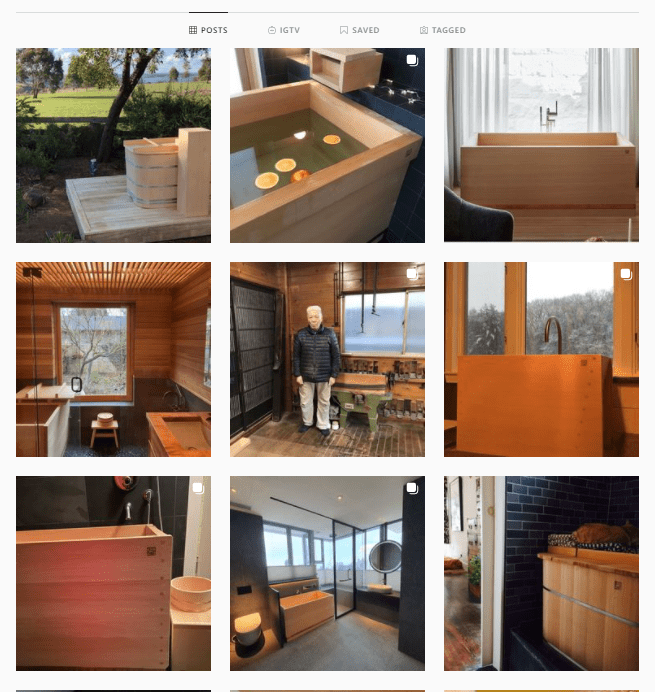
And this can only be done … with a little help from my friends!
Especially all those who purchased an ofuro or bathroom accessories: please send me your photo and a short testimonial so I can post it to on the instagram page!
Alternatively, if you posted some photos on your instagram account, let me know the link so I can re-post it!
And this can only be done … with a little help from my friends!
Especially all those who purchased an ofuro or bathroom accessories: please send me your photo and your story so I can post them to on the instagram page!
Alternatively, if you already posted your “ofuro jiman” photos on your instagram account, let me know the link so I can re-post it!

Additionally, I will present 10 “special reserve” hinoki essential oil for the 10 best photos!

I hope that the aroma of hinoki and its bactericidal properties will keep you healthy in the body and spirit, through these uncertain times!
Please send your entries to japan<AT>bartokdesign<DOT>com
and of course don`t forget to enter “ofuro jiman!” in the subject line!
I am looking forward to it!!

